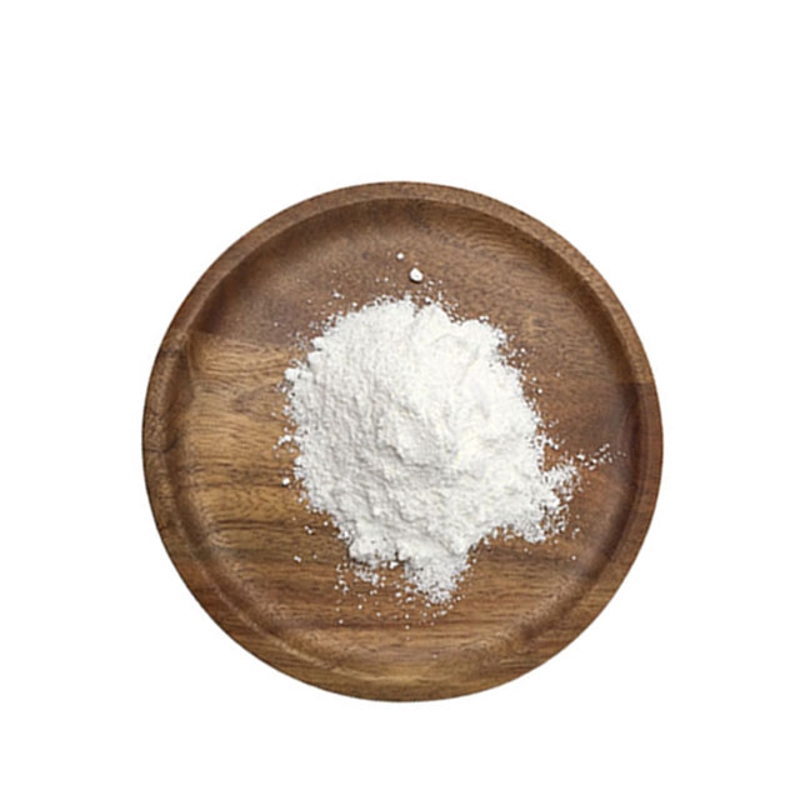-
Categories
-
Pharmaceutical Intermediates
-
Active Pharmaceutical Ingredients
-
Food Additives
- Industrial Coatings
- Agrochemicals
- Dyes and Pigments
- Surfactant
- Flavors and Fragrances
- Chemical Reagents
- Catalyst and Auxiliary
- Natural Products
- Inorganic Chemistry
-
Organic Chemistry
-
Biochemical Engineering
- Analytical Chemistry
- Cosmetic Ingredient
-
Pharmaceutical Intermediates
Promotion
ECHEMI Mall
Wholesale
Weekly Price
Exhibition
News
-
Trade Service
is one of our most popular mobile phone features, and in the near future, selfies may also be used as a disease screening tool. According to the results of the study, led by Professor Zheng Zhe of the National Center for Cardiovascular Diseases of China and Professor Ji Xiangyang, Director of the Institute of Brain and Cognitive Sciences of Tsinghua University and recently published in the European Journal of Heart, the analysis of just four self-photographs can predict whether an individual has coronary artery disease (CAD, chronic coronary heart disease) through a computer-based deep learning algorithm.In an editorial published in the same journal, "Welcome to a New Era of Medical Diagnostics" (Selfies in cardiovascular: welcome to a new era of medical diagnostics), Dr. Chaalambos Antoniades, Professor of Cardiovascular Medicine at the University of Oxford, and his team said: "This study highlights the new potential of medical diagnostics. The advantage is that self-portrait photos are the only data entry, which is ideal for large-scale applications. " based on our understanding of aging and cardiovascular disease, we already know that some facial features are associated with an increased risk of heart disease. These include thinning or whitening of hair, wrinkles, earlobe creases, macularomas (subsulvert cholesterol deposits, usually around the eyelids), and corneal bows (fat and cholesterol deposited on the outer edge of the cornea, usually in white, gray, or blue opaque rings). However, these characteristics are difficult to quantify clearly for manual judgment. The tool in the study was designed to integrate all CAD-related facial features for screening.July 2017-March 2019, the team included 5,796 patients from eight hospitals in China, all of them examined for vascular imaging, and at least one vascular stenosis ≥50% was diagnosed with coronary artery disease. At the same time, the study nurses took four facial photos of each subject: a forehead, two full-faced photos and an overhead view. In addition, data on the socio-economic status, lifestyle and medical history of patients were collected. These patients were randomly divided into algorithmic training groups (5216 cases, 90%) or validation groups (580 cases, 10%) for algorithm creation, training and validation. From April 2019 to July 2019, the team further tested the algorithm in 1,013 patients at nine hospitals in China.algorithm is superior to existing heart disease risk prediction methods, including the Diamond-Forrester model and CAD alliance clinical score. In 580 patients in the validation group, the algorithm was 80% sensitive and correctly diagnosed in 80% of CAD patients; In 1013 patients in the test group, sensitivity was 80% and specificity was 54%.Ji Xiangyang, "The algorithm has moderate performance, and continuing to add additional clinical information does not further improve performance, which means that only facial photos can be used to predict potential heart disease." Information about the cheeks, forehead and nose is more helpful for algorithmic judgment than other facial areas. Next, the team plans to further improve the specificity of the algorithm to reduce the anxiety and unnecessary extra testing caused by false positives. In addition, because most of the subjects were Han And the limited number of hospitals involved in the study, algorithms needed to be validated in other races and more populations., as far as we know, this is the first study to prove that artificial intelligence can detect heart disease by analyzing faces, " said Professor Zheng Zhe of the Hospital for the Study of Foreign Medicine. Our ultimate goal is to develop an app for high-risk groups that can be used to self-report so that patients can pre-assess the risk of heart disease before they go to the doctor. This allows for low-cost, simple and effective identification of patients who require further examination. The
editorial endorses and further notes that, in addition to its use in the general population, "selfie screening also helps identify people at high risk of CAD in areas where global resources are weak and screening for cardiovascular disease is inadequate." Coronaryis one of the major health risks. It is expected that this result will be used clinically to help more high-risk populations detect early detection of early-stage disease control. (Bio Valley Bioon .com)







